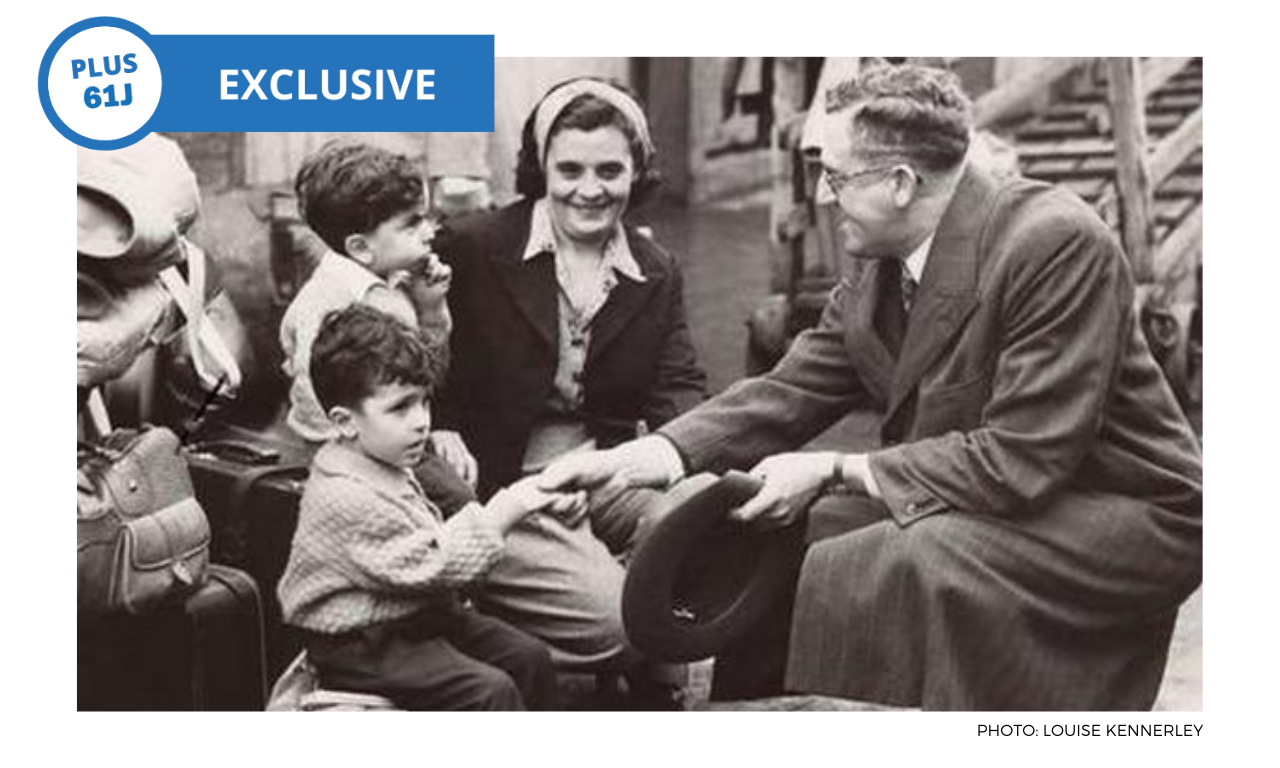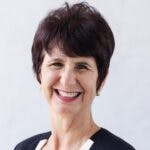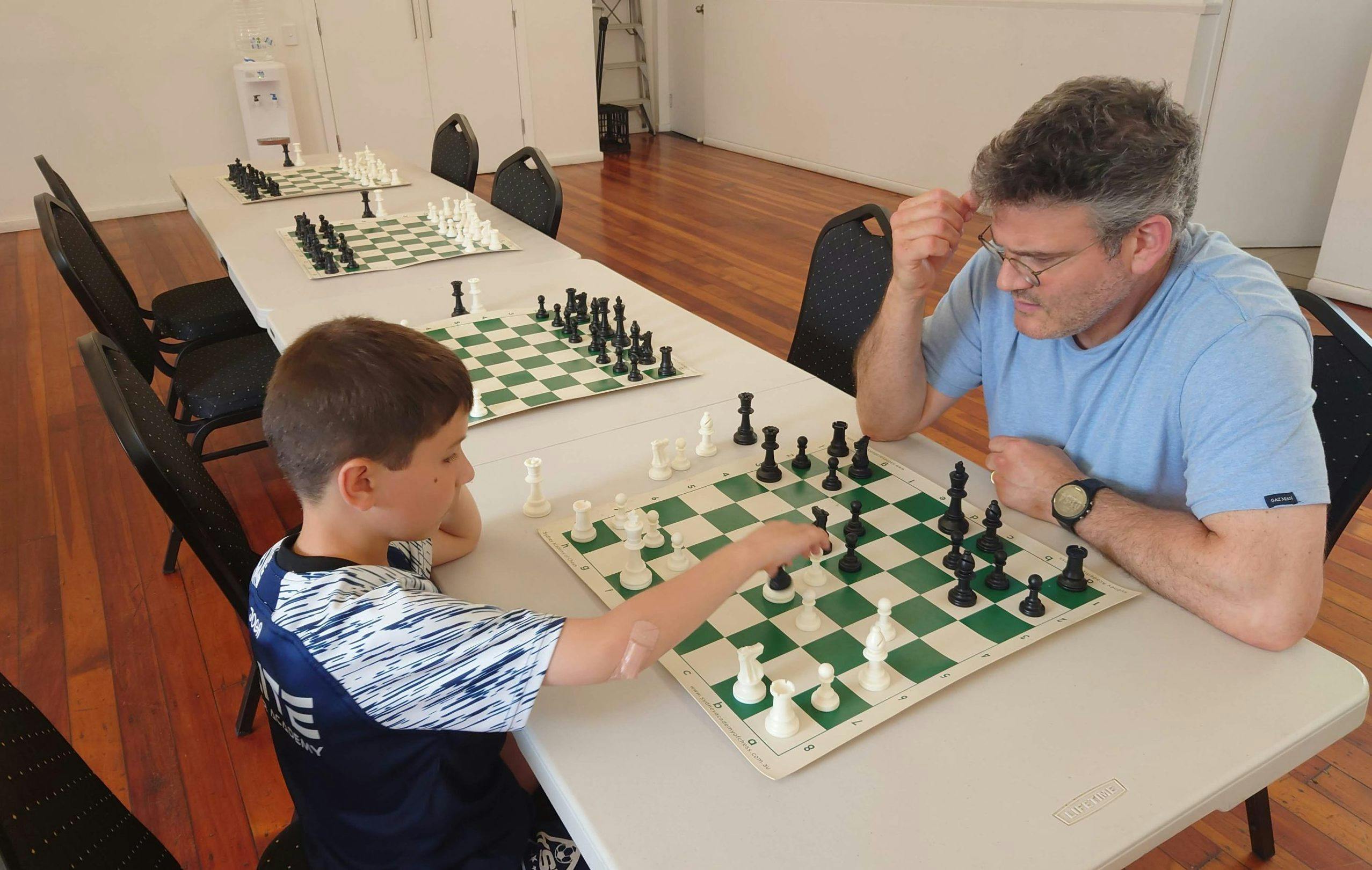Published: 15 February 2022
Last updated: 4 March 2024
DEBORAH STONE: But new research shows Jews sidestepped Australia’s 1950s restrictions; the number of arrivals was 33% higher than previously estimated
AUSTRALIA’S REPUTATION AS a haven for Jews after the Holocaust hides a shameful truth: federal authorities secretly and systematically discriminated against Jewish migrants.
But new research argues Jews effectively circumvented the restrictions and the number of Jews who made it to Australia was probably 33% higher than previously estimated.
An academic paper published by Professor Sheila Fitzpatrick, a historian at the Australia Catholic University, uncovers private memos and letters which address the number of Jewish migrants coming to Australia in the post-war period, concluding both that there were more efforts to keep Jews out than previously known, and that there were more Jews who got in.
A newly discovered memo hidden in the personal papers of post-war Immigration Minister Arthur Calwell suggests 22,000 to 23,000 Jewish migrants came to Australia in the period 1945-51.
Previous estimates, based on census figures and Jewish communal records, place the number of migrants at 16,000 to 17,000 but it has long been acknowledged that these figures miss many Jews who chose not to identify on public forms or in the community.
Calwell is remembered as a strong proponent of Australia’s immigration program and is revered by many Jewish families who received personal help from him bringing relatives from Europe.
But Fitzpatrick has discovered memos that reveal he was not as enthusiastic as the historical record suggests.
In 1947 Calwell wrote to a ship’s owner that he preferred a ship to come with empty berths rather than to bring Jewish Displaced Persons.
In 1947, the Secretary of the Commonwealth Ministry of Immigration, Sir Tasman Heyes, wrote in a memo: “the Minister desires that in approving of applications for the admission of non-British Europeans preference is, for the present, to be given to non-Jewish cases”.
Later that year Calwell wrote to a ship’s owner that he preferred a ship to come with empty berths rather than to bring Jewish Displaced Persons (DP).
Fitzpatrick said Calwell’s limits on Jewish migrants were motivated by a belief that a large influx of Jews would cause a public backlash and a wave of antisemitism, which would be bad for the government.
“The record shows Calwell, initially sympathetic to the plight of Jewish refugees, moving towards a more restrictive policy under what he perceived to be strong pressure of popular and parliamentary opinion, while the officials charged with implementing policy mainly (but not universally) supported exclusionary policies with greater or lesser degrees of enthusiasm,” writes Fitzpatrick.
Her revelations are documented in a recent academic paper, Migration of Jewish “Displaced Persons” from Europe to Australia after the Second World War: Revisiting the Question of Discrimination and Numbers, publishedin the latest edition of the Australian Journal of Politics and History.
Fitzpatrick’s revelations are the latest in a growing trove of evidence by historians that questions Calwell’s support of Jewish migration, with documents showing that both Calwell and senior immigration bureaucrats tried to limit the number of Jews coming to Australia.
Antisemitism and expediency
Professor Suzanne Rutland, a historian who has written extensively on Jewish migration to Australia, said she was not at all surprised by the additional evidence of antisemitism uncovered by Fitzpatrick about Calwell and senior bureaucrats.
“I’m not at all shocked. I was not looking for antisemitism [in my research] and I found it everywhere. The government had a dual narrative. They wanted to claim there was no discrimination on the basis of race or religion and they went to extremes to hide the antisemitism of their policies. But it is quite clear they were doing everything in their power to keep Jews out.”
Rutland said some internal documents even used the word “Aryan” to describe the blonde, blue-eyed migrants who were regarded as desirable.
Fitzpatrick said Calwell’s limits on Jewish migrants were motivated by a belief that a large influx would cause a wave of antisemitism, which would be bad for the government.
“Calwell was not an antisemite. He was very good friends with Jews and anyone who walked into his electoral office and said, ‘I want to sponsor my’ whoever got landing permits.
“But he was a politician and Jews were bad news. He didn’t want Jews to undermine his migration program and so was willing to sacrifice them.”
Rutland said Heyes was more averse to Jewish migrants than Calwell. “He had that ‘Melbourne Club, upper crust’ antisemitism.”
Secret discrimination
There were two ways for DPs to come to Australia after the war: through the Mass Resettlement Program (MRP) on ships sent by the International Refugee Organisation (IRO) or with landing permits in berths organised by Australian welfare organisations.
Calwell initially promoted Jewish immigration through the MRP. “Many of these individuals concerned are the last surviving members of their families in Europe. The whole purpose of the plan is to make a humanitarian gesture to these long-suffering victims of Nazi tyranny,” he told parliament in 1945.
But by March 1947 a poll found 58 per cent of Australians surveyed were against the resettlement of Jewish refugees. Quietly, Calwell and Heyes began to limit Jewish migration under the MRP.
Memos and correspondence uncovered by Fitzpatrick, as well as others previously published by Rutland other historians, give many instances where immigration authorities sought to restrict Jewish migration privately even when championing it publicly.
In 1947 Calwell imposed a quota of 25 per cent Jewish passengers on any ship. In 1949, following the arrival of the Derna with “too many Jews”, this was lowered to 15 per cent.
Fitzpatrick found further restrictions on Jews were imposed secretly. Records of a meeting in Berlin between Calwell and British Control Commission officials in July 1947 state: “Despite what he had said as to 25 per cent of Jews on any one ship, [Calwell] would like them to see that no Jews are included in the first two shipments of displaced persons and that all displaced persons are of the highest quality.”
Another memo, made when Polish DPs were added to the list of acceptable nationalities for Mass Resettlement, added the proviso “subject to their being non-Jewish”.
Blocked from Mass Settlement places, more Jews tried to come in on landing permits but in October 1947, Calwell even attempted to block landing permit holders from taking spare berths on IRO ships, though without success.
“It would be better for the vessel to sail with empty berths rather than that they should be occupied by landing permit holders,” Calwell wrote in a telegram to the IRO director W.Hallam Tuck in October 1947.
Calwell was not an antisemite. He was very good friends with Jews. But he was a politician. He didn’t want Jews to undermine his migration program.
While his main reasons for limiting Jews was political expediency, Fitzpatrick said Calwell also felt under undue pressure from the Jewish sponsoring organisations, which wanted all berths on their chartered ships to be reserved for Jewish passengers.
“Some of the Jewish people and their organisations have not played the game. We are not antisemitic, but we will have to handle this matter carefully,” he told British officials in Berlin.
Australian immigrations officials were clearly aware that excluding Jews looked bad. A confidential memo from Heyes noted, “Desire no publicity be given to exclusion of Jewish persons.”
When an immigration officer told a Jewish migrant he had been rejected because of his faith, Heyes told a senior immigration officer that he could hardly believe that “any member of the Australian team would be so indiscreet.
“Under no circumstances is the selectee to be given as a reason for rejection that he is of the Jewish faith,” he wrote.
How many Jewish DPs made it to Australia?
Despite all these attempts to block Jewish migrants, Fitzpatrick uncovered statistics which suggest substantially higher figures on Jewish DP migration to Australia than those usually cited.
Her estimates are based on figures prepared in 1951 for Calwell by a Department of Immigration statistician, Kevin Jones, which had previously “languished unnoticed in his personal papers” at the National Library of Australia.
Previous estimates, including those variously proposed by Suzanne Rutland, and fellow historians Bill Rubinstein and Gary Eckstein, relied on Jewish communal affiliation and census figures, but it has long been acknowledged that many Jews were missed.
Rubinstein observed in 1986 that “enrolment at Jewish schools in Melbourne exceed the number of school-age Jews recorded in the Census by about 20-25 per cent.” Given many Jews don’t attend Jewish schools, that suggests radical undercounting.
Fitzpatrick contends that the figures calculated by Jones provide a way to identify Jewish migrants who were not counted in other studies.
Some migration officials took a racial view of Jewishness, even including Jews who had converted to Christianity or wanted nothing to do with the Jewish community.
Rutland said while we would never know the true figures, it was certainly possible that some Jews chose to hide their identity in order to come to Australia. There were even cases of operations to disguise circumcision, as physical examinations ostensibly for health checks, were used to identify Jews.
Fitzpatrick said the higher figures in no way contradicted the claim that Australia’s post-war government policy discriminated against Jews.
“What it demonstrates, rather, is that national immigration policies are formed as a result of conflicting pressures, implemented by bureaucrats who may enforce them more or less stringently, and subject to gaming that may affect outcomes both by prospective immigrants and relevant international organisations.”
Deborah Stone works in Communications at Australian Catholic University, where Sheila Fitzpatrick is a Professor of History.
Photo: Arthur Calwell with European immigrant chifdren after WW2




